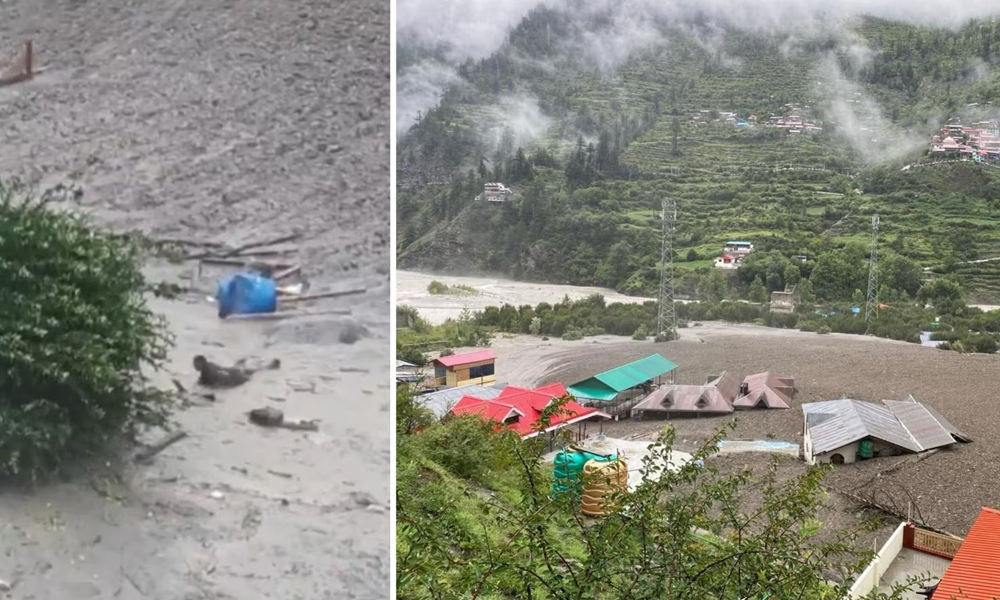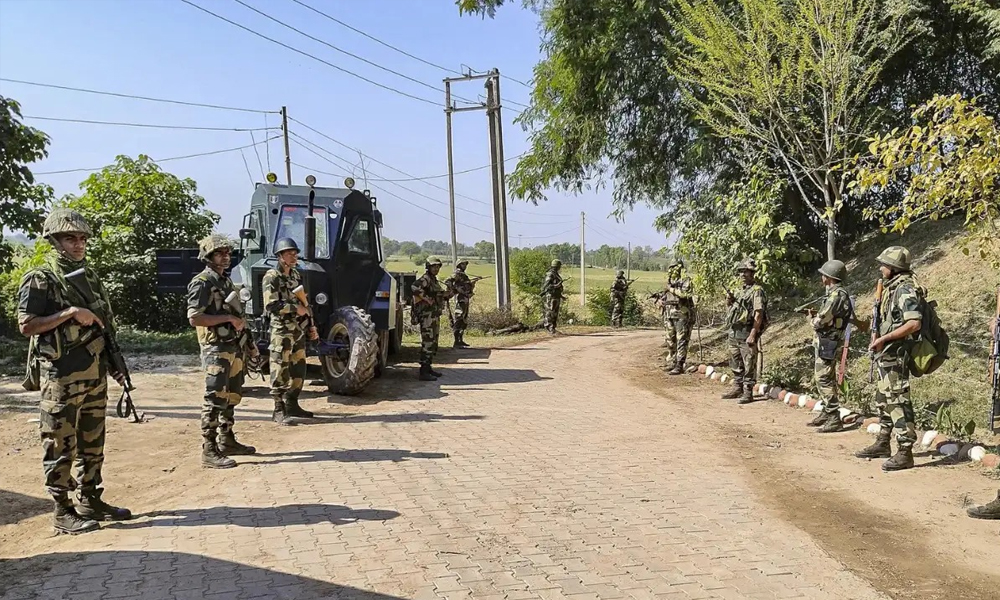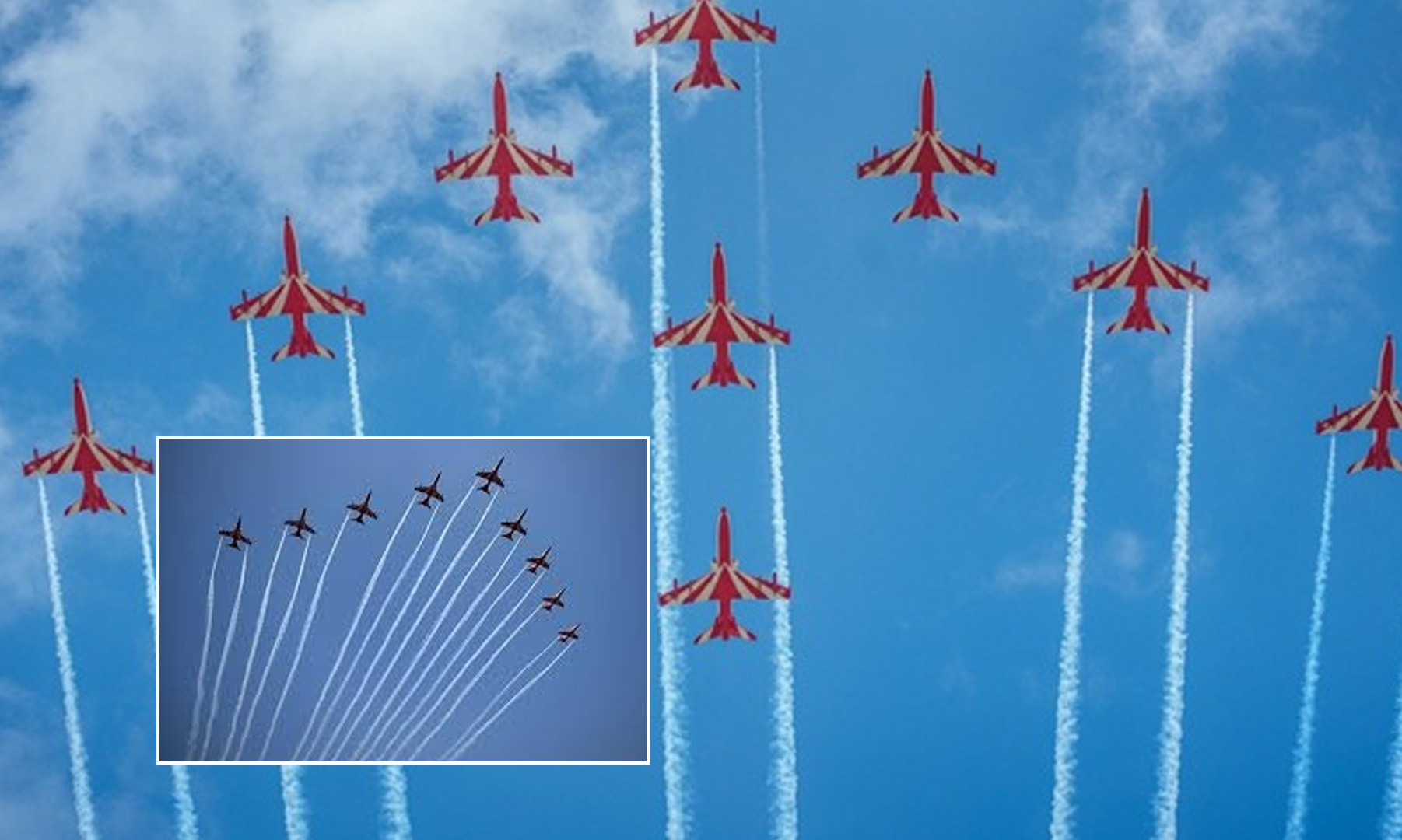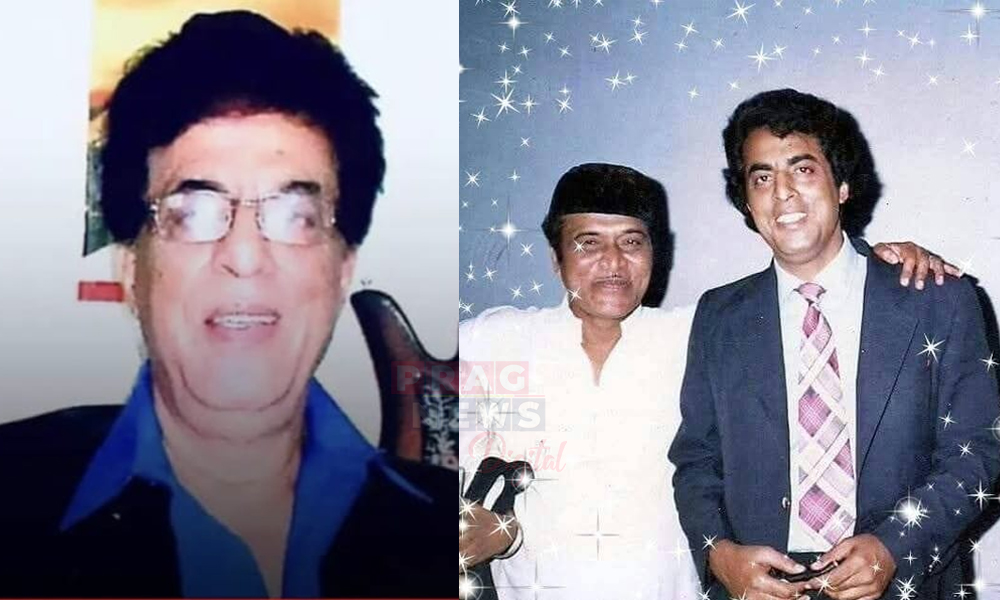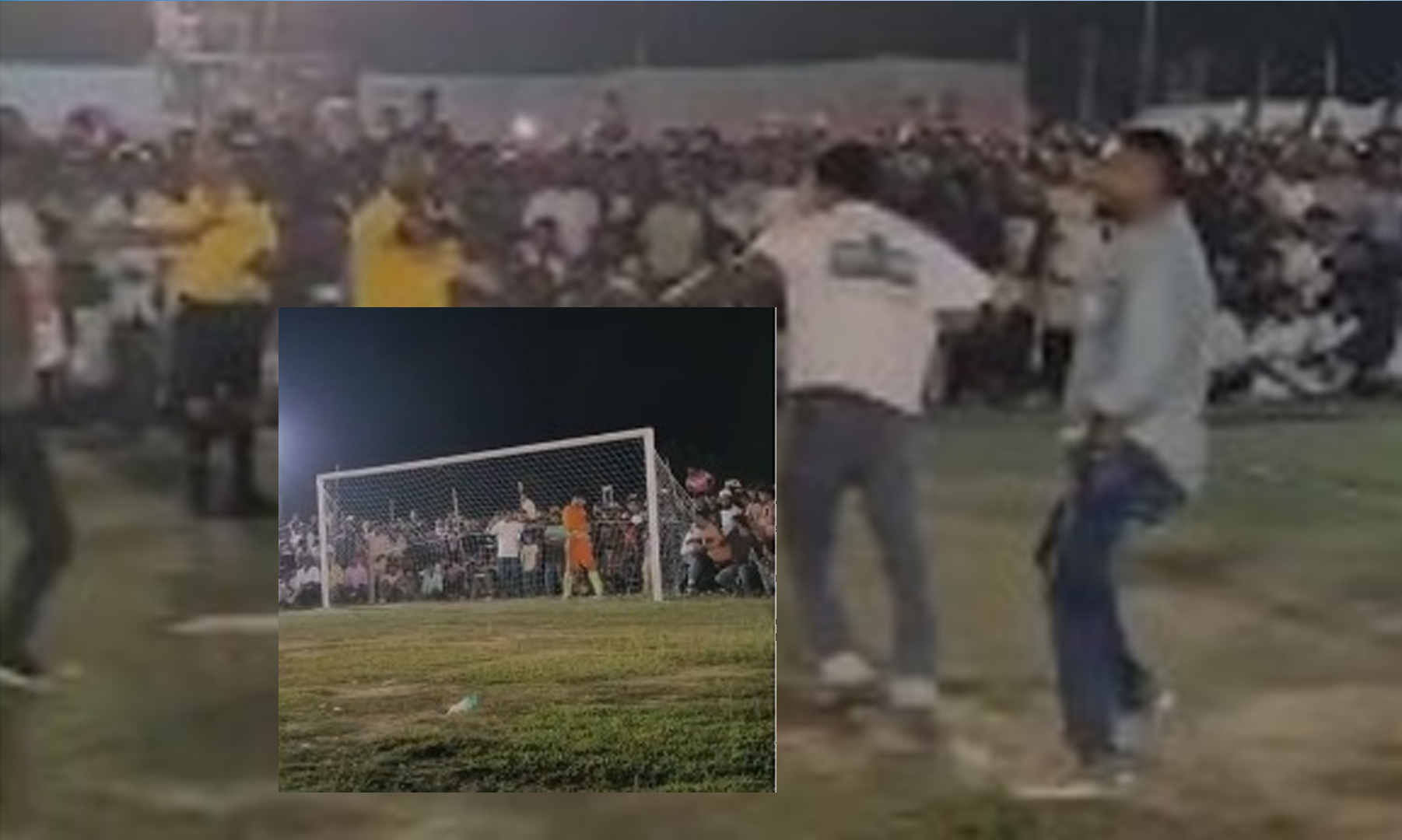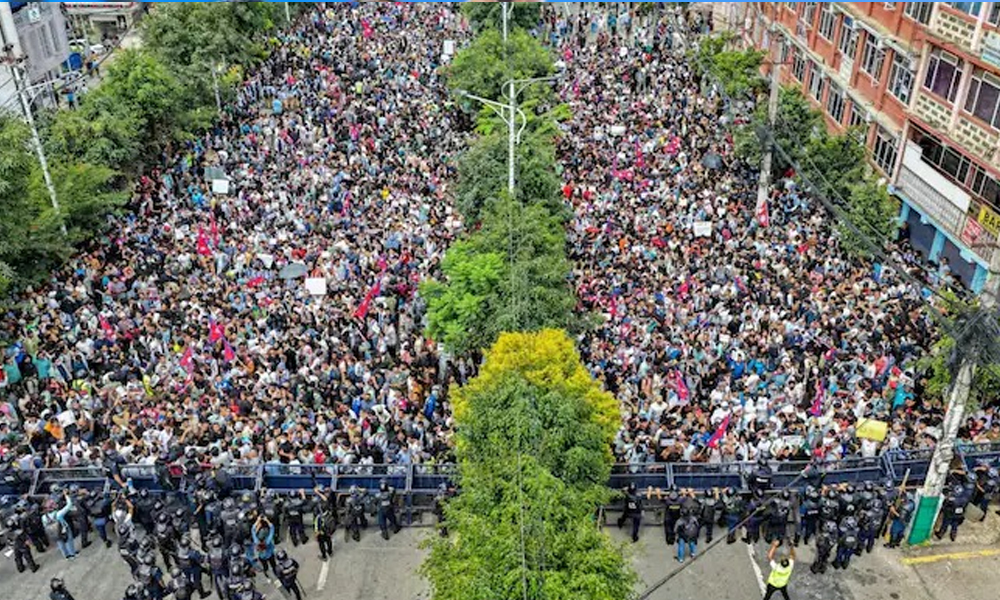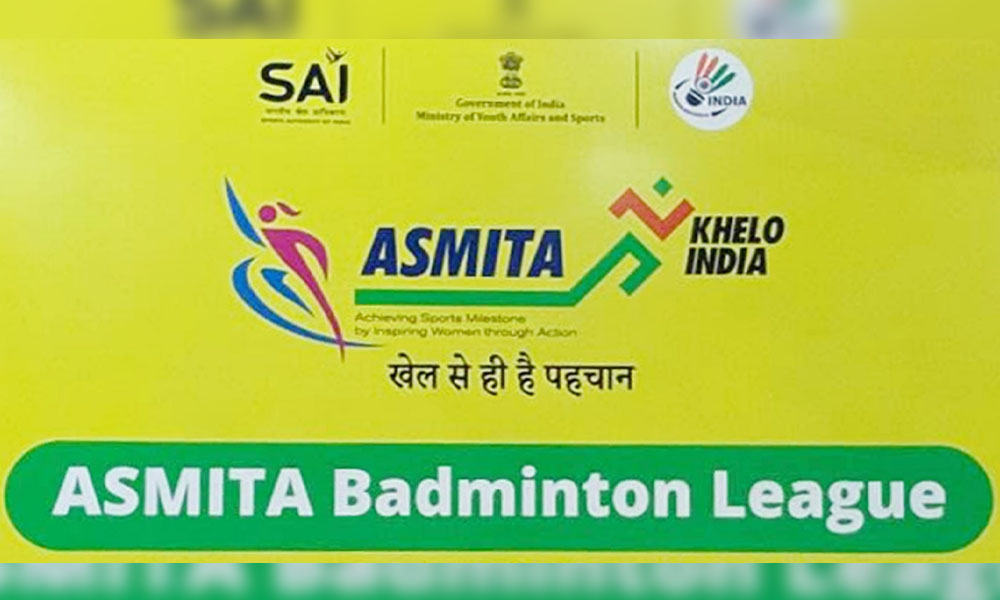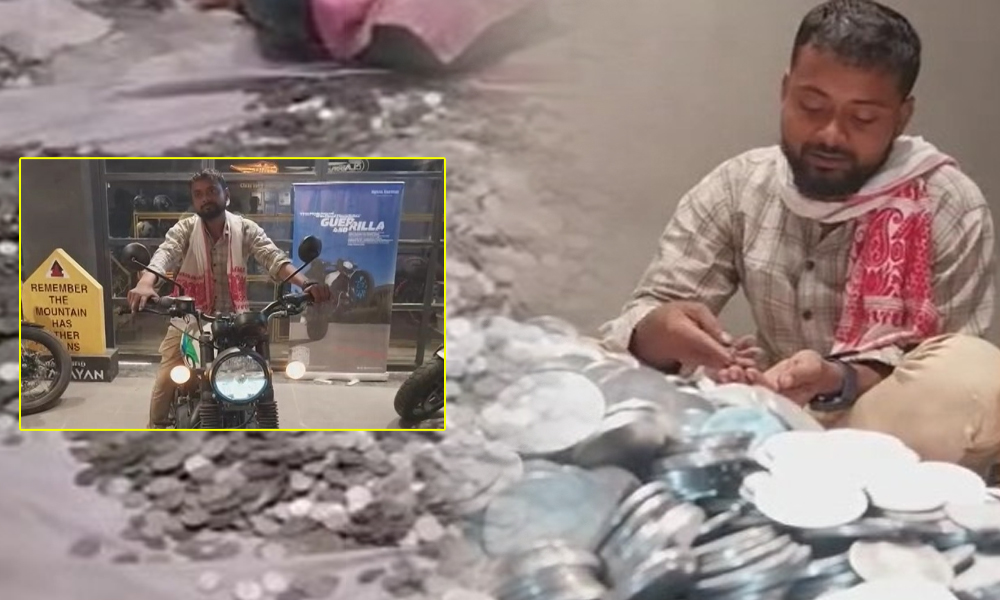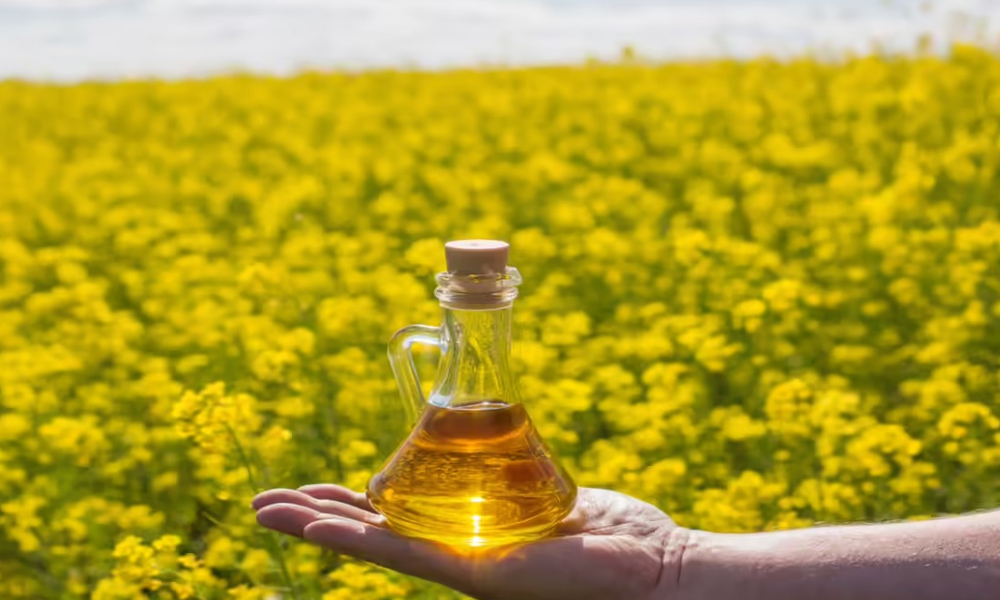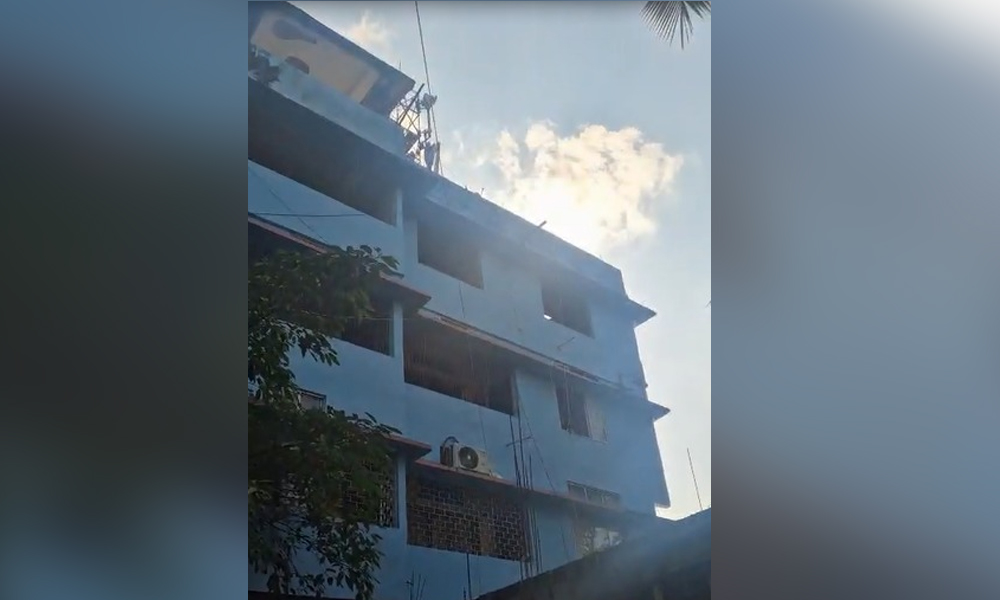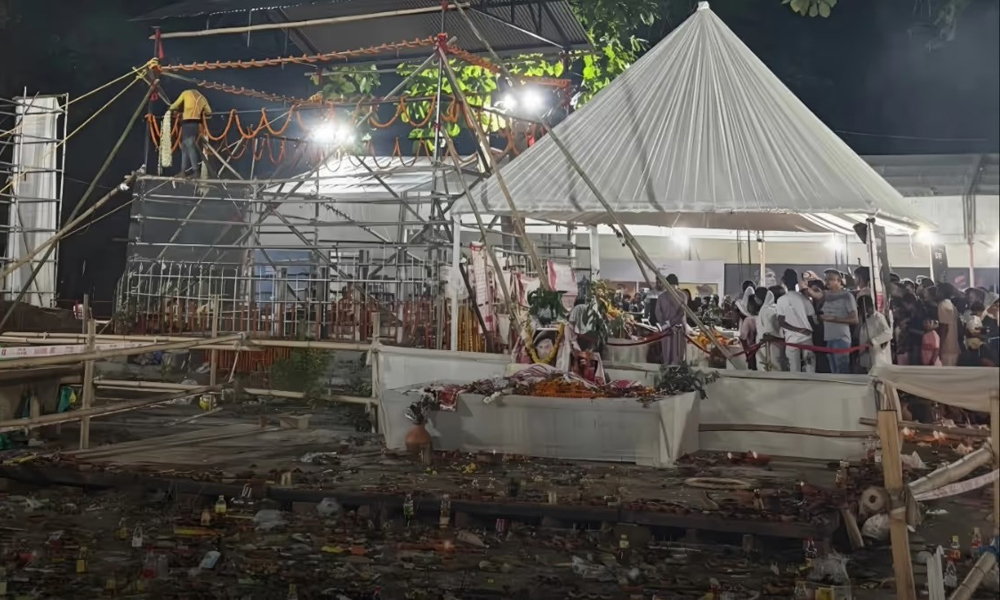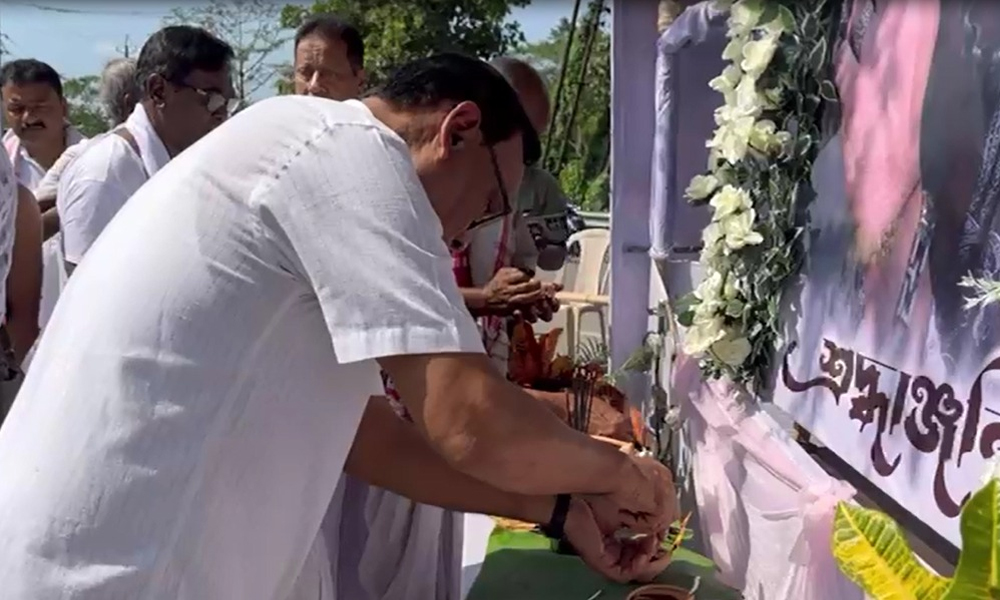Located around 30 kilometers from Chhatrapati Sambhajinagar in Maharashtra, the Ellora caves are a UNESCO World Heritage Site
Digital Desk: The water seepage that was reported in the Cave 32 of the world renowned Ellora cave, raising serious concerns over the preservation of the 9th-century frescoes housed within. The Archaeological Survey of India (ASI) on Wednesday confirmed that the seepage that first began as natural phenomenon has once again endangered the ancient artwork. The same problem was evident last year, which made minor repair attempts that have once proved inadequate.
Located around 30 kilometers from Chhatrapati Sambhajinagar in Maharashtra, the Ellora caves are a UNESCO World Heritage Site known for their architectural grandeur and religious significance. The site contains a row of Hindu, Jain and Buddhist carved out of a rock face, one Cave 32 is a Jain cave and is one of only a small number of caves at Ellora with elaborate frescoes.
A local tourist guide, who visited the site recently remarked that while some maintenance was undertaken last year, more extensive conservation efforts are urgently needed. “If not addressed quickly, the seepage could seriously damage these irreplaceable paintings,” he warned.
According to an ASI official, seepage is normal and a formal request was already made to the section of conservation to rectify the same. Another look at the matter will be shortly. Another officer stated that there was a previous inspection to check where the seepage was only to find it not easy to determine the source since the area is wide.
Swapnil Joshi, one of the co-convener of the heritage group INTACH stressed on the urgency of the situation.He asserted that , as compared to Ajanta, barely a few caves in Ellora carry paintings of this nature. As long as the water is still entering it, it must act at once to save this precious and rare heritage.
Authorities are now under pressure to act swiftly before further damage occurs to the historical site.



